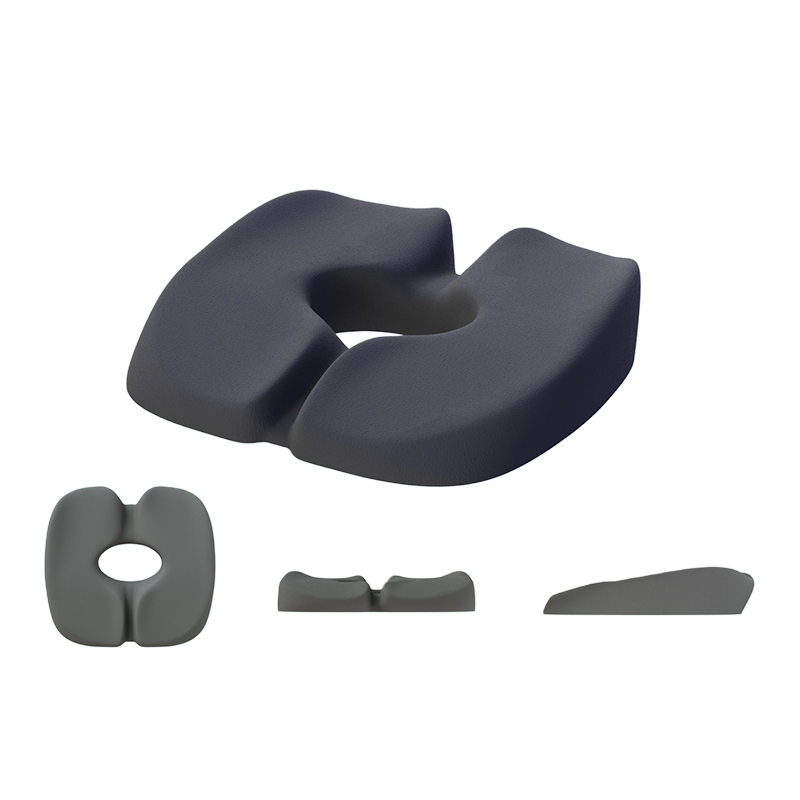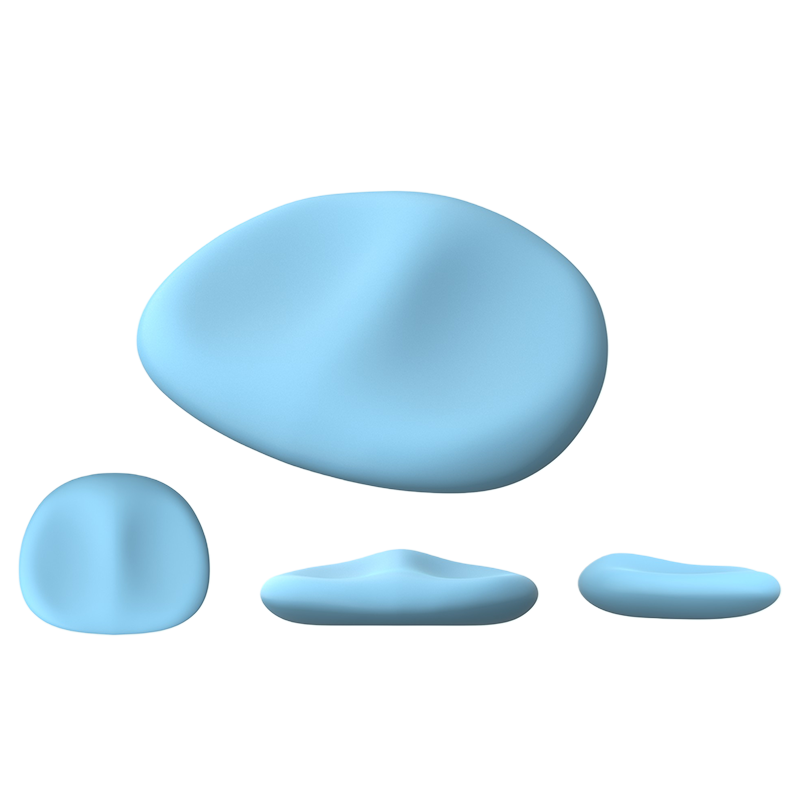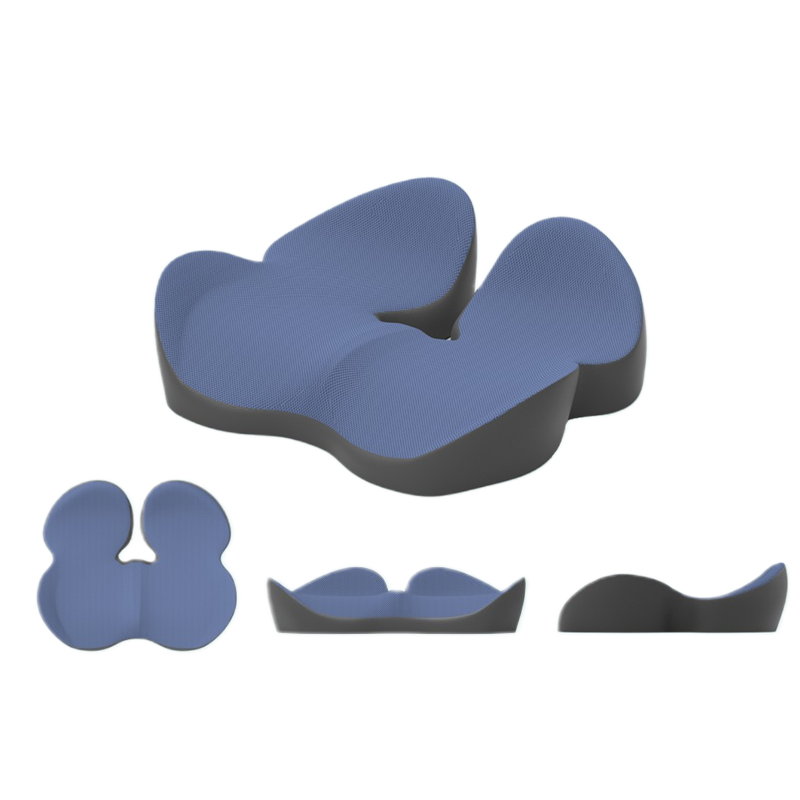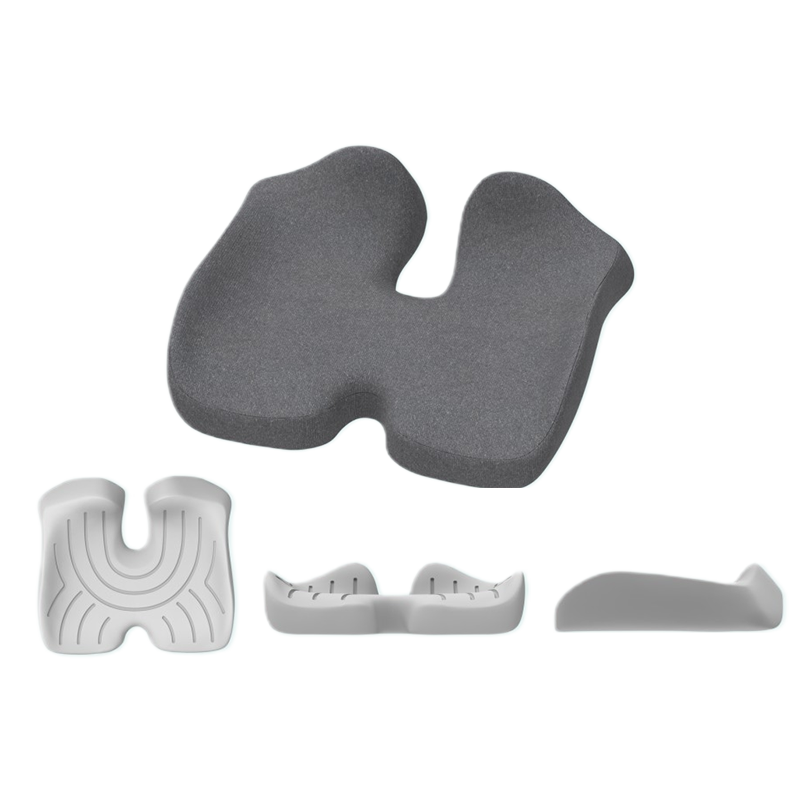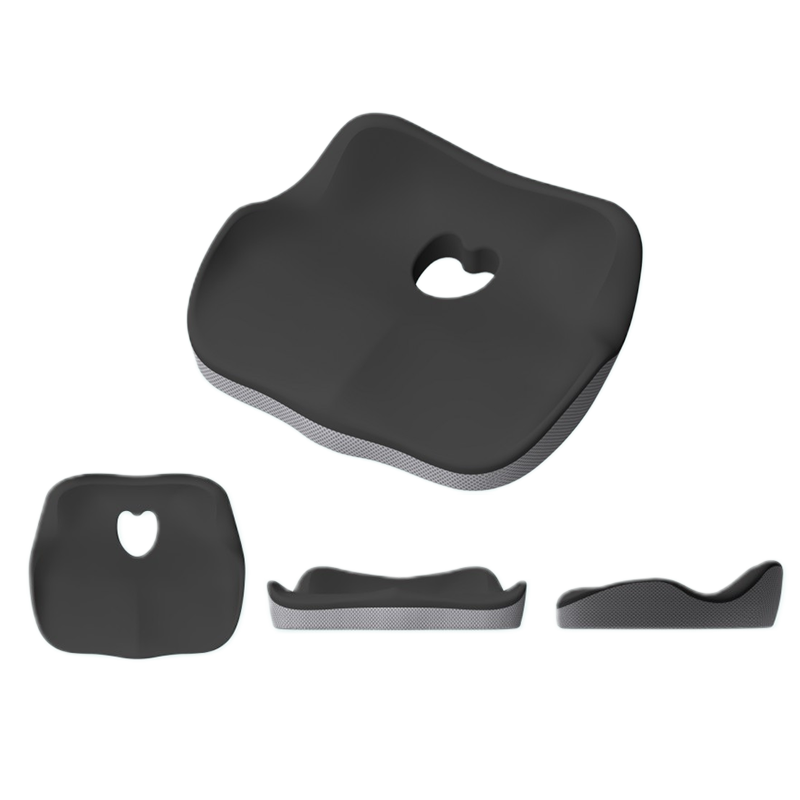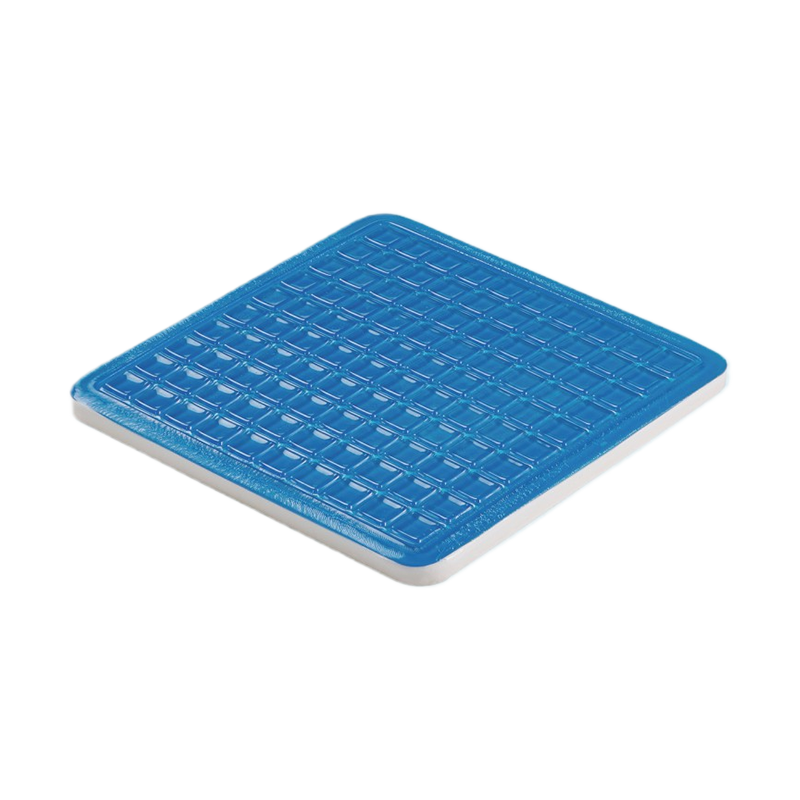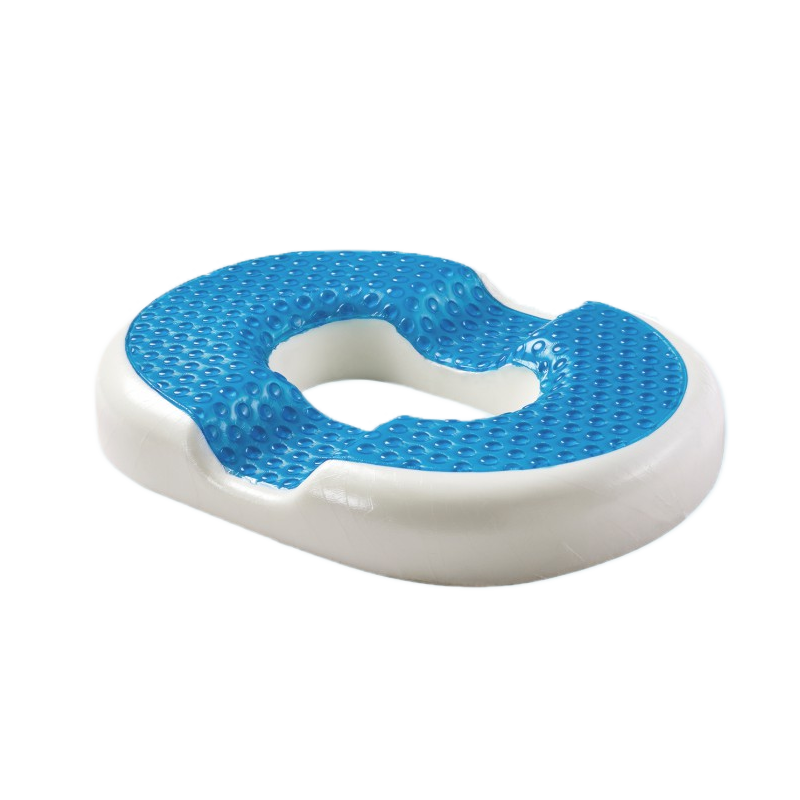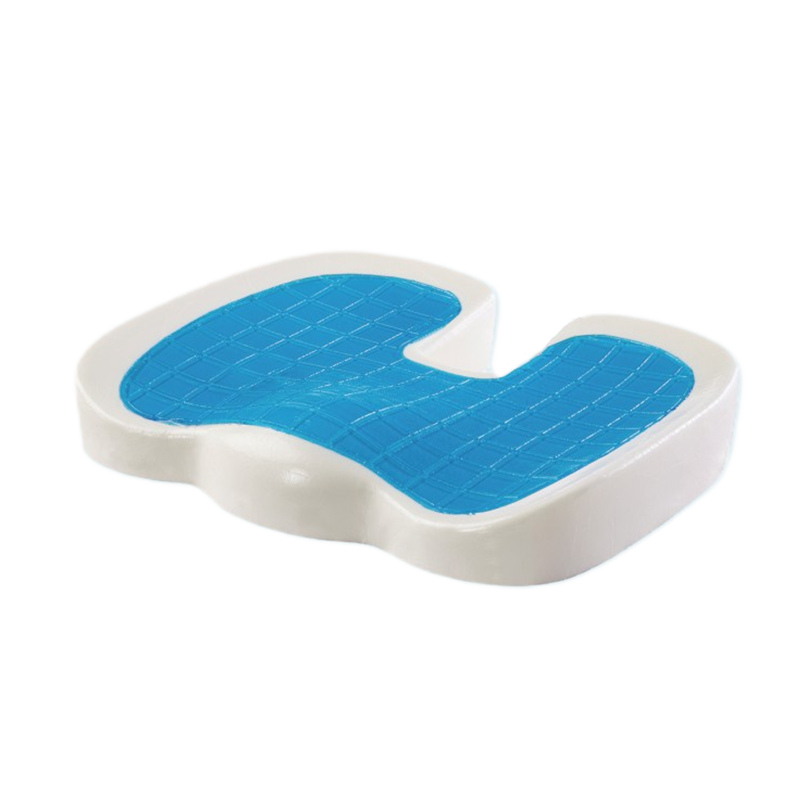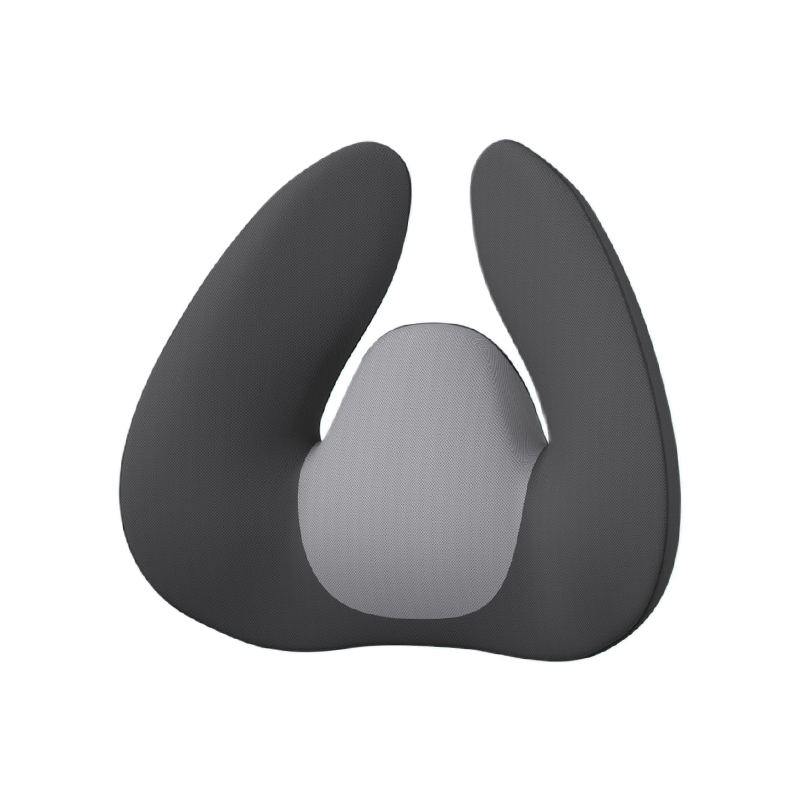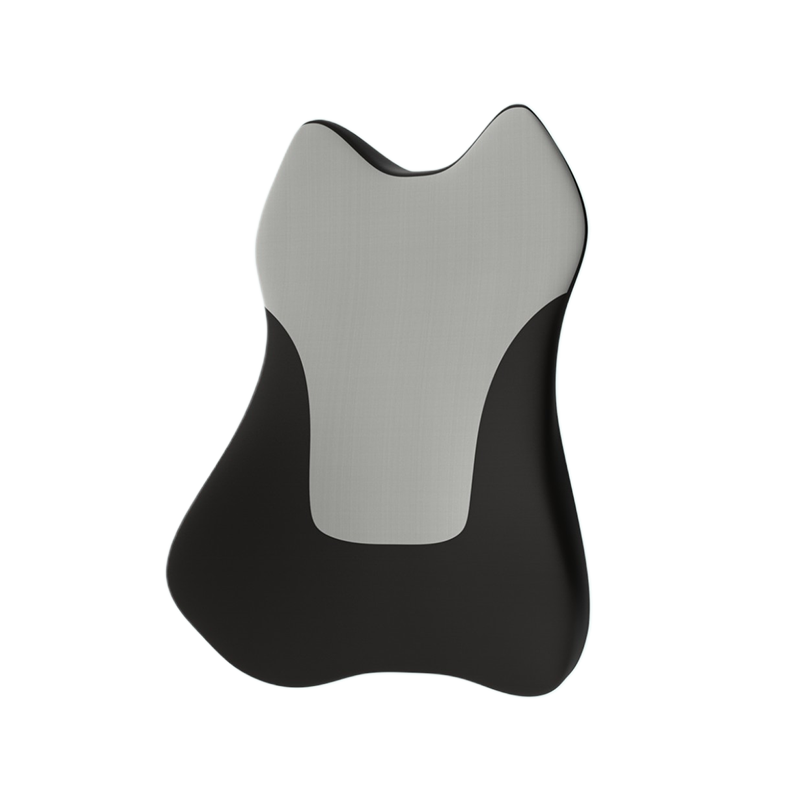Sleep is an essential part of maintaining overall health, and the quality of the pillow you use plays a significant role in determining how restful and restorative that sleep can be. Among the many pillow options available, the Memory Foam Contour Pillow stands out as an excellent choice for side sleepers, offering a range of benefits that enhance comfort, alignment, and support during the night. While back sleepers can also enjoy the advantages of this pillow, side sleepers tend to experience particular benefits that contribute to better sleep quality.
The primary design feature of the Memory Foam Contour Pillow is its ergonomic shape, which is specifically crafted to support the natural curves of the neck and head. This unique contour is particularly beneficial for side sleepers, as it helps fill the gap between the head and the mattress, ensuring proper alignment of the neck, spine, and shoulders. For side sleepers, maintaining this alignment is crucial because it reduces the risk of waking up with neck pain, stiffness, or discomfort that often comes from improper support during sleep.
When side sleepers use a traditional pillow, they often face the issue of inadequate support, leading to the neck being bent at an awkward angle. This misalignment can create unnecessary strain on the neck and shoulders, potentially leading to muscle tension or even long-term pain. The Memory Foam Contour Pillow, however, provides superior support by evenly distributing the weight of the head and maintaining a natural curve in the neck. This helps alleviate pressure points and allows the spine to stay aligned throughout the night, preventing the discomfort that often accompanies side sleeping.
One of the key advantages of the Memory Foam Contour Pillow for side sleepers is its ability to conform to the unique shape of the user’s head and neck. Memory foam is known for its responsiveness to heat and pressure, meaning that it molds to the individual’s body, offering a customized fit. For side sleepers, this ensures that the pillow adapts to the contours of the neck and shoulder area, filling in the gaps that other pillows might leave open. This personalized support promotes better blood flow and reduces the pressure on the shoulders and neck, helping side sleepers avoid the numbness or tingling sensations that can occur with insufficient cushioning.
Additionally, the Memory Foam Contour Pillow is designed to help reduce the strain on the shoulder, a common problem for side sleepers. When lying on one side, the shoulder bears much of the weight of the upper body, and if the pillow does not provide enough support, it can lead to discomfort or even pain over time. The contour of the memory foam helps alleviate this pressure, allowing the shoulder to rest comfortably without excess weight bearing down on it. By offering a more balanced distribution of weight, the pillow enhances comfort for side sleepers, preventing shoulder aches and stiffness in the morning.
For back sleepers, the Memory Foam Contour Pillow is also a great choice, but the benefits differ slightly. While back sleepers benefit from proper neck alignment, the contour shape of the pillow may not be as crucial because the head and neck are generally in a more neutral position. However, side sleepers, who have a more pronounced curve between the head and mattress, rely more on the contour to maintain that alignment. In this sense, the Memory Foam Contour Pillow is particularly advantageous for side sleepers, who experience a more dramatic angle between their head and shoulders.
Another important consideration is the temperature-regulating properties of the Memory Foam Contour Pillow. Many memory foam pillows are equipped with cooling technologies that help regulate body heat, making them ideal for side sleepers who may experience discomfort from overheating during the night. This cooling effect enhances sleep comfort by preventing the pillow from becoming too warm, which can disrupt sleep. Side sleepers tend to have more contact with the pillow due to their sleeping position, so maintaining a cool and comfortable temperature can be a significant factor in promoting a restful night’s sleep.



 English
English عربى
عربى
